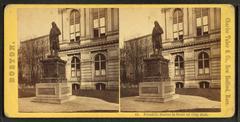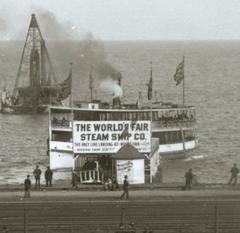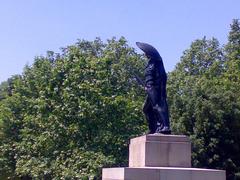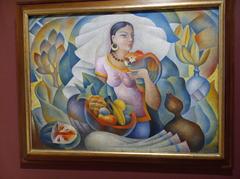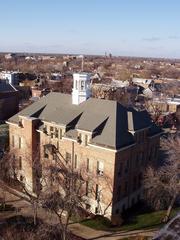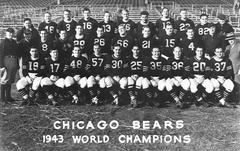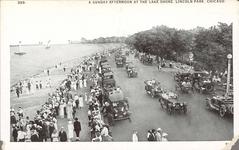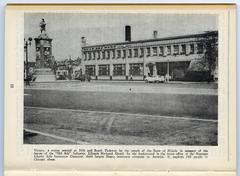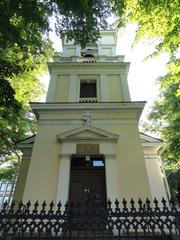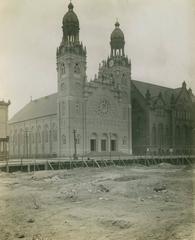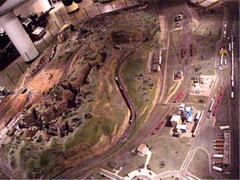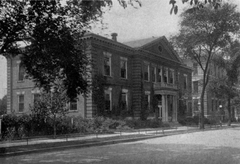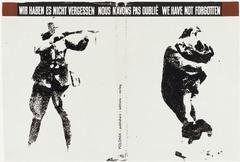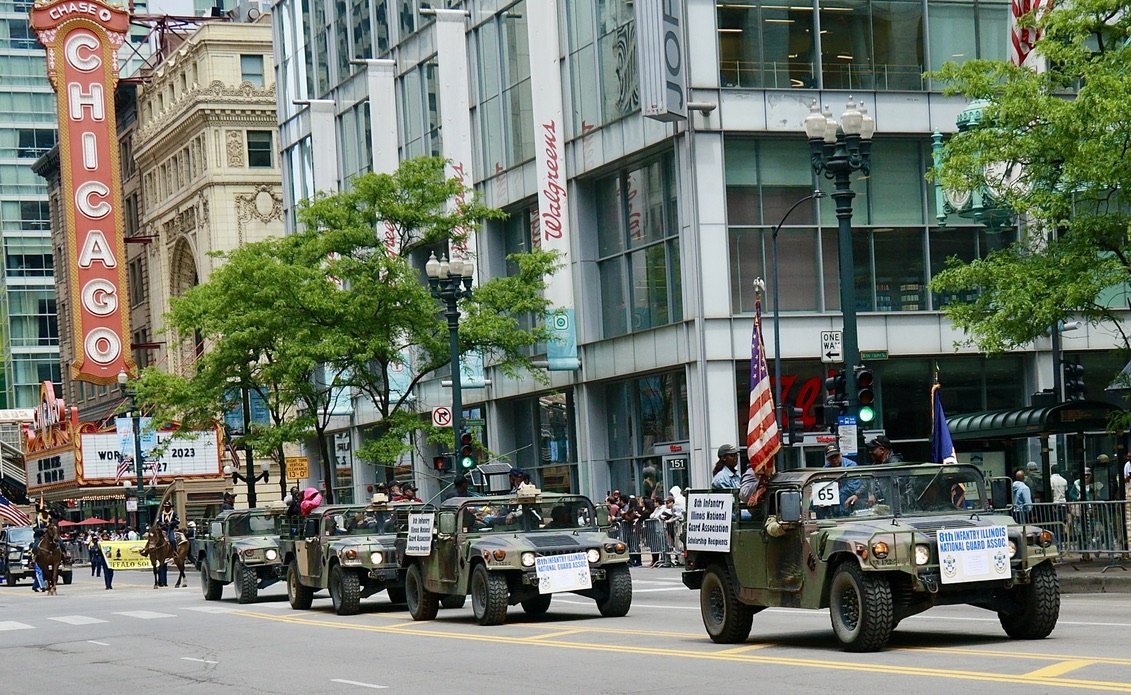
シカゴ・シアター:見学時間、チケット、歴史的意義
日付:2025年6月14日
はじめに
シカゴ・シアターは、シカゴの歴史的ランドマークの中でも、その建築的な壮大さ、豊かな歴史、そして文化の中心地としての揺るぎない役割で知られる「クラウンジュエル」です。1921年の華々しいオープニング以来、フランス・バロック・リバイバル様式、象徴的な6階建ての「シカゴ」と書かれたマーキー、そしてヨーロッパの宮殿を彷彿とさせる内部で、観客を魅了し続けてきました(Wikipedia; Historic Theatre Photos)。今日、訪問者は、街の中心部にあるこの場所で、世界クラスのパフォーマンス、ガイド付きツアー、そして市民の誇りを肌で感じることができます。
この包括的なガイドでは、歴史的背景、建築的ハイライト、見学時間とチケット、アクセシビリティ、そして思い出に残る訪問のための実用的なヒントまで、訪問に必要なすべてを網羅しています。ショーを観覧する場合でも、豪華な内部を探検する場合でも、シカゴ・シアターはシカゴの芸術と建築の遺産との没入的な体験を提供します(GoChicago; City Experiences)。
目次
歴史的概要
起源と初期(1921年~1940年代)
シカゴ・シアターは、1921年10月26日、バラバン&カッツ・チェーンの旗艦施設としてオープンしました。 opulentな「ワンダー・シアター」体験を提供することを目的としていました(Wikipedia; GoChicago)。Rapp & Rappによって設計されたこの劇場は、400万ドルという建設費をかけ、その創造の背後にある野心を物語っています。グランドオープニングは多くの観客を魅了し、劇場の垂直な「シカゴ」という看板はすぐに街の象徴となりました(YourChicagoGuide)。
内部の5階建てロビーは、ヴェルサイユの王室礼拝堂にインスパイアされており、講堂は当初3,800席以上ありました。この劇場は、エアコンや贅沢なアメニティなどの革新で全国的な基準を設定しました(GoChicago)。
黄金時代:映画、ジャズ、ライブ・エンターテイメント
1920年代から1930年代にかけて、シカゴ・シアターは映画プレミアやライブ・エンターテイメントのホットスポットとなりました。初期からジャズ・パフォーマンスを導入し、多目的会場としての評判を確立しました(Wikipedia)。1933年のワールド・フェアに備えて、劇場は内装が改装され、シカゴのエンターテイメントシーンの最前線に留まりました。
中期の衰退と修復
20世紀半ばのテレビの台頭と郊外のマルチプレックスの普及は、観客数の減少につながりました。1970年代までに、劇場は閉鎖の危機に瀕しましたが、保存運動が建物の解体からの救済に成功しました(Wikipedia)。1984年、シカゴ・シアター保存グループが建物を購入し、900万ドルの修復プロジェクトが実施され、1986年に完了しました。フランク・シナトラがオープニングを飾ったことは、劇場の「再生」を象徴しています(Wikipedia)。
ランドマークとしての地位と現代
シカゴ・シアターは、1979年に国家歴史登録財に登録され、1983年にはシカゴ・ランドマークに指定されました(Wikipedia).Today, the theatre hosts concerts, Broadway shows, comedy, and community events, continuing its legacy as a premier cultural institution (YourChicagoGuide).
Architectural Style and Design Influences
Exterior Features
The theatre’s French Baroque Revival façade is a tribute to the Arc de Triomphe, executed in cream-colored terra cotta for both aesthetic effect and fire resistance (Historic Theatre Photos). The vertical “CHICAGO” sign, with more than 2,400 lights, is an enduring symbol of the city (Architecture.org). The Y-shaped municipal device behind the “C” on the sign represents the fork of the Chicago River, connecting the theatre to the city’s identity.
Stud lighting outlines the building’s architectural details, while ornamental terra cotta garlands and swags add to the dramatic effect (Historic Theatre Photos).
Interior Grandeur
Visitors enter a five-story Grand Lobby inspired by Versailles’ Royal Chapel, complete with high ceilings, promenades, and a stained-glass window featuring the Balaban & Katz coat-of-arms (Historic Theatre Photos). The sweeping Grand Staircase, modeled after the Paris Opera House, and an auditorium adorned with allegorical murals and gilded plasterwork, immerse guests in early 20th-century opulence (City Experiences; Architecture.org).
Technological Innovations
A landmark Wurlitzer pipe organ, the oldest of its kind still in use, provided accompaniment for silent films and stage shows (City Experiences). Successive renovations—most notably the 1986 restoration—have preserved both the building’s historic character and modern functionality (Historic Theatre Photos).
Visiting the Chicago Theatre: Essential Information
Location
175 North State Street, Chicago, IL—central to the city’s Loop and easily accessible via CTA “L” train lines and bus routes (Chicago Mom Source).
Visiting Hours
- Box Office: Monday–Saturday, 10:00 a.m.–6:00 p.m.; Sunday, 12:00 p.m.–5:00 p.m.
- Theatre Doors: Typically open 30 minutes to 1 hour before showtime. *Hours may vary on holidays or special event days; always confirm via the official website.
Tickets
- Purchase online, by phone, or at the box office.
- Prices usually range from $30 to $150, depending on the event (chicago.theater).
- Discounts may be available for seniors, students, and groups.
Accessibility
- Wheelchair-accessible seating and restrooms.
- Assistive listening devices available upon request.
- For accommodations, contact the box office in advance.
Guided Tours
- Offered on select days, showcasing the lobby, auditorium, backstage, and signed walls (YourChicagoGuide).
- Virtual tours available via the official website.
Bag Policy
- Bags larger than 12” x 12” x 6” are subject to inspection and must be checked for a fee (Arena Capacity).
- Prohibited items may vary by event.
Nearby Attractions
- Close to Millennium Park, the Art Institute of Chicago, Magnificent Mile, and the Chicago Riverwalk (CityPASS).
Cultural and Social Impact
A Civic Icon
The Chicago Theatre’s marquee is a visual shorthand for the city’s cultural vibrancy, appearing in films, photographs, and promotional materials (chicago.theater). Its enduring presence has nurtured Chicago’s arts ecosystem and helped revitalize the North Loop since its restoration.
Diversity and Inclusion
The theatre’s programming spans Broadway, concerts, comedy, and civic events, reflecting and celebrating Chicago’s diversity (timeout.com; leagueofchicagotheatres.org). Initiatives during Black History Month, Women’s History Month, and LGBTQIA+ Pride Month, along with community engagement programs, foster social inclusion and cultural dialogue.
Economic and Social Impact
Drawing hundreds of thousands of visitors annually, the Chicago Theatre fuels economic activity, supports local businesses, and spurs preservation elsewhere in the city (timeout.com). Its educational tours and outreach programs further democratize access to the arts.
Resilience and Adaptation
The Chicago Theatre’s ability to adapt—from its origins as a movie palace to a modern multipurpose venue—embodies Chicago’s spirit of resilience. Ongoing modernization ensures it remains welcoming and accessible for future generations (chicago.theater).
Practical Visitor Tips
- Arrive Early: Allow time for security checks and to explore the elegant lobby.
- Dress Code: Smart-casual or semi-formal attire is suggested, though not required.
- Photography: Permitted in public areas; prohibited during performances.
- Amenities: Multiple restrooms, concessions, and accessible facilities are provided.
- Public Transit: Best way to arrive; parking is available but limited.
Frequently Asked Questions (FAQ)
Q: What are the Chicago Theatre visiting hours? A: Box office hours are Monday–Saturday, 10 a.m.–6 p.m.; Sunday, 12 p.m.–5 p.m. Theatre doors open 30–60 minutes before showtime. Always check the official site for updates.
Q: How do I buy Chicago Theatre tickets? A: Online via the official site, by phone, or at the box office. Advance purchase is recommended for popular events.
Q: Is the Chicago Theatre wheelchair accessible? A: Yes, with designated seating, restrooms, and assistive listening devices.
Q: Are guided tours available? A: Yes, on select days; see the official site.
Q: What are some nearby attractions? A: Millennium Park, the Art Institute of Chicago, and the Chicago Riverwalk.
Q: What is the bag policy? A: Bags over 12” x 12” x 6” must be checked for a fee; check event-specific guidelines.
Summary and Key Visitor Information
The Chicago Theatre exemplifies Chicago’s rich cultural heritage and architectural splendor. From its French Baroque Revival façade to its lavish interiors and iconic marquee, it bridges the city’s storied past with its dynamic present (Architecture.org; Wikipedia). The theatre remains a vibrant venue for diverse performances and a beacon for urban revitalization and community engagement (timeout.com; leagueofchicagotheatres.org).
For the latest event schedules, ticketing, and visiting hours, always check the official Chicago Theatre website. Enhance your visit with guided tours, and explore related Chicago historical sites for a fuller experience. Download the Audiala app for audio guides and exclusive content, and follow the theatre on social media for updates.
References and Further Reading
- Wikipedia: Chicago Theatre
- GoChicago: The Chicago Theatre
- Historic Theatre Photos: Chicago Theatre
- City Experiences: Chicago Theatre Architectural Marvels
- chicago.theater: Tickets and Events
- Timeout Chicago: Best Sights and Attractions
- Chicago Mom Source: Chicago Theatre Guide
- CityPASS: Chicago Visitor Tips
- Arena Capacity: Bag Policy
- League of Chicago Theatres: Events
Experience the grandeur and history of the Chicago Theatre—plan your visit, secure your tickets, and immerse yourself in a living monument to Chicago’s artistic spirit.












